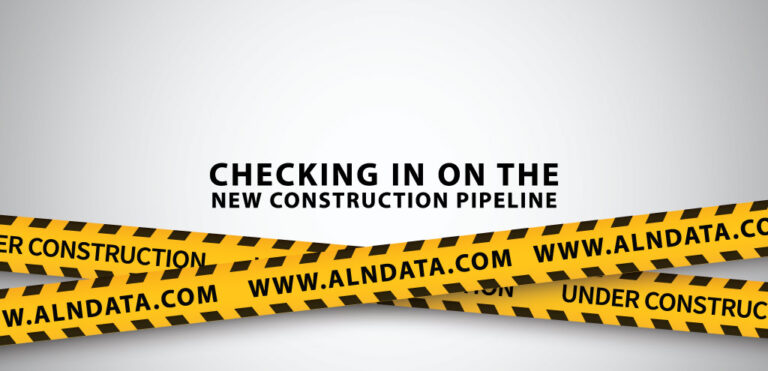Unit Mix Continues Its Transition
In an unpredictable year full of change, one area of normalcy was new construction activity and the continuation of unit mix trends that began last decade.

In an unpredictable year full of change, one area of normalcy was new construction activity and the continuation of unit mix trends that began last decade.
With 2020 drawing to a close, it’s a great time to look at how specific markets have performed so far this year. Next up, Atlanta.
New properties continue to take longer to complete the lease-up phase than in the recent past. Today we take a closer look.
The construction pipeline has remained active this year. As 2020 draws to a close, it’s time once again to check in on deliveries and new units on the way.
Nashville has been a popular market of interest for industry participants for some time. Let’s see how the area has looked in recent months.

In a new series called Takeaways, ALN Apartment Data Market Analyst, Jordan Brooks, shares more insight into the final thoughts on this month’s newsletter article, Checking in on the New Construction Pipeline.

August 2020: Demand through July 2020 was half that of the same period last year, and 50k less units were absorbed than added in the first 7 months.
A closer look at lease-up time for properties that have stabilized so far in 2020 compared to properties that stabilized in recent years.

The biggest impact of uncertainty and upheaval of the last few months has been the drastic reduction in multifamily demand. Depending on the area or the product type, either average occupancy or average effective rent may have been adversely affected more than the other – but net absorption decline has been the rule everywhere.